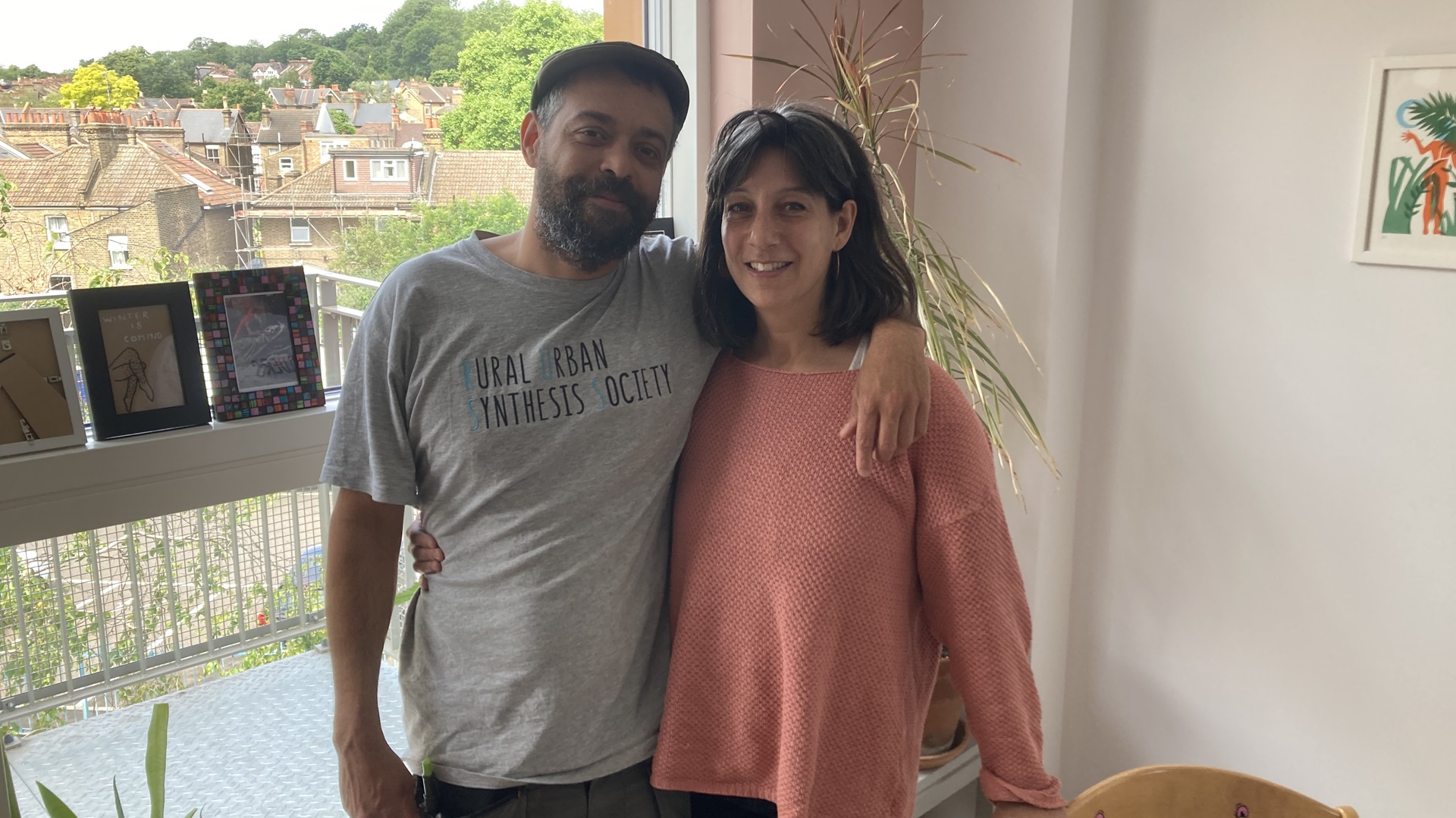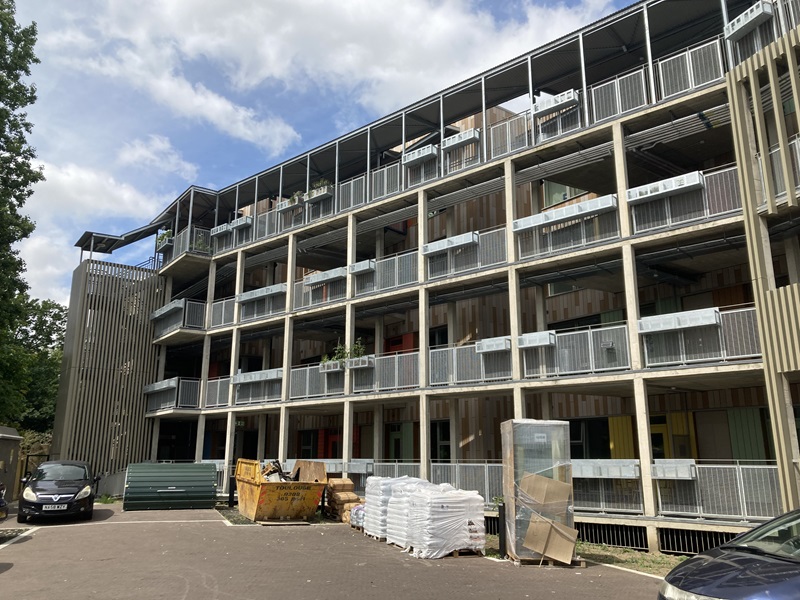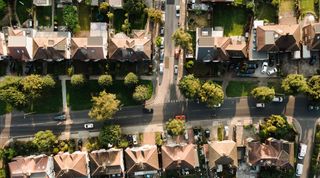
An Alternative Vision: Building Homes Beyond the Housing Crisis
In an era where London’s housing crisis seems insurmountable, one community group is carving out an innovative path to affordable living. The Rural Urban Synthesis Society (RUSS) has turned dreams into reality, culminating in a major self-build project in Ladywell, Lewisham. This initiative showcases not just a solution to rising house prices but a collaborative approach that redefines community housing.

Despite the harsh realities of a property market where prices have doubled over the past fifteen years, RUSS persevered. Their Church Grove project features 36 homes tailored to meet community needs—a remarkable feat in an increasingly inaccessible market. Ahmad Dayes, a founding member of RUSS, reflects on his personal journey:
“I laid all the pipes in this house and I helped fit the kitchen. I have only held a drill twice in my life.”
Dayes and his partner, Lisa de Liema, have forged into homeownership by taking matters into their own hands. Their home, unlike many others in the capital, was built to fit their lifestyle and preferences, allowing them to contribute actively to their living environment.
A Community-Driven Solution
The journey to homeownership through self-build projects like this one represents a significant movement against the tide of London’s skyrocketing real estate prices. For the Dayes brothers, the ethos of community and self-construction is not new. Growing up in a home constructed by their parents in the pioneering Walters Way self-build project, they inherited a belief in the power of collective action.
RUSS’s facility contains a mix of property types, including shared ownership and social rent, designed to remain affordable in perpetuity. The design incorporates not just living spaces but supportive community structures, aiming to uplift not just residents but the entire neighbourhood.

In recent months, RUSS has welcomed families into their new homes, an event nearly a decade in the making. The project’s timeline highlights both the challenges and triumphs inherent in attempting to address the housing crisis through cooperative means.
Initially, a ballot determined allocation, which heightened community interest and membership; some had to wait years before securing their place, emphasizing the patience necessary for such ambitious projects. Yet, as Dayes notes, this communal effort has proven vital.
“If it had been a smaller group, I think people would have run out of steam.”
With membership swelling past a thousand, RUSS creates a model of shared purpose and community investment.
The Bigger Picture: Mortgage Rates and Housing Policies
Amidst these local success stories, broader economic shifts are impacting the mortgage landscape across the UK. Recently, the Bank of England lowered its base interest rate to 4.75%, in response to decreases in inflation. This rate change is significant for many, particularly for borrowers with variable-rate mortgages.
As high inflation subdues, homeowners are beginning to see potential improvements in monthly payments. Major lenders like Nationwide have already adjusted their rates, with fixed deals still holding steady due to market expectations.
For the majority of homeowners—about 82%—fixed-rate mortgages remain dominant, meaning most will not see immediate impacts from the recent interest rate cut. However, this stability doesn’t eliminate uncertainty, and experts caution that fixed rates may not remain low for long as lenders recalibrate their offerings.
Navigating the Mortgage Landscape
In light of these shifting tides, homeowners and prospective buyers should stay informed. The mortgage arena is in flux, and timely consultations with brokers are recommended to navigate the complex landscape of options now available.
As the Bank of England continues to support a fluctuating economy, borrowers should remain adaptive. The recent trend toward decreasing variable rates seems promising, but caution is essential as fixed-rate offerings may begin to climb.

Conclusion: Community Resilience and Future Prospects
The trajectory suggested by both RUSS’s groundbreaking work in Ladywell and the financial maneuvers of major banks indicates a pivotal moment for housing in London. Community-driven projects are proving that it’s possible to build affordable and sustainable living spaces while fostering community spirit amid financial volatility.
Such grassroots initiatives shine a light on potential alternative housing models that prioritize people over profit. With appropriate backing and support, similar efforts could proliferate, creating communities that not only seek shelter but also growth and sustainability.
As we consider the future of housing in Britain, the question arises: how will we marry the aggressive push for affordable housing with the fluctuations of a demanding market? Only time will tell.
If you have insights or experiences related to this topic, feel free to get in touch and share your story.
 RUSS can be a blueprint for the future of affordable housing in the UK.
RUSS can be a blueprint for the future of affordable housing in the UK.















